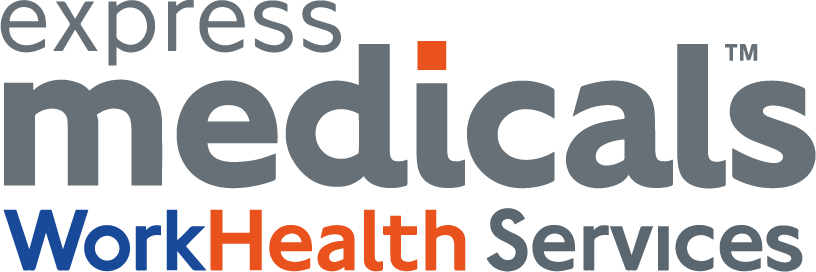Pregnancy in the workplace – how to protect your staff
Pregnancy in the workplace – how to protect your staff
Definitions
The HSE defines “new or expectant mothers” as a person for who is pregnant, has given birth in the last 6 months, or is currently breastfeeding.
Creating an open dialogue
Your employees only have a duty to inform you that they are pregnant no later than 15 weeks before their due date. Horror stories of unscrupulous employers’ mistreatment of pregnant staff have seeped into the public consciousness and may cause a reticence to share information any sooner than they deem necessary.
It is, however, in everyone’s best interest to create an open dialogue when it comes to pregnancy and motherhood. If a company is aware, they can make adjustments to support the employee – whether it be changing working arrangements or allowances for pregnancy-related medical appointments. It benefits the company too; early notification of pregnancy gives you more time to arrange maternity cover.
Top tips:
Foster an environment of openness, make sure that your employees know that pregnancy and motherhood won’t affect their standing within your company.
As well as discussing it verbally, be sure that your employee gives you written notification for your records.
Undertake a risk assessment
Once you’ve got your notification, it’s time for a risk assessment. You can use any pre-defined templates you already have but do be aware that it must be revisited and revised for each case, and you must account for any recommendations given by the employee’s GP or midwife.
Pregnancy and early motherhood can be physically challenging, and you must ensure that work undertaken does not cause additional strain to your employee’s health. Common risks associated with new and expectant mothers relate to their musculosketal health, stress, and exposure to toxins.
Top tip:
Express Medicals can undertake your New and Expectant Mothers Risk Assessment for you, get in touch to find out more
We’ve identified risks, what next?
Once you’ve assessed the risks, you do need to action them. The HSE advises three courses of action. If the solution isn’t possible, move onto the next:
Plan A: Adjust the new/expectant mother’s working conditions or hours to remove the risk
Plan B: Give suitable alternative work on the same terms and conditions
Plan C: Suspend your employee on paid leave for as long as necessary to protect the health and safety of her and the child.
A room of one’s own
New and expectant mothers are entitled to more rest breaks, so use that open dialogue we discussed earlier in the article to have an honest chat about the frequency and timing of these. You are obliged to provide them with an area to rest.
You should be aware that breastfeeding is a legally protected right. When a new mother returns to the workplace, ask them to confirm in writing that they are breastfeeding, and make arrangements together on how best to make it work. You should provide them with a safe and private place to express and know that you cannot enforce any frequency or time limits.
Top tip:
When considering spaces, ask yourself if you’d be comfortable and relaxed sitting there for more than 30 minutes – a toilet won’t cut it!
Keep on top of the legislation
The Health and Safety Executive is an invaluable resource for finding out about the rights and obligations relating to new and expectant mothers.
Relevant pieces of legislation include:
The Management of Health and Safety at Work Regulations 1999
Workplace (Health, Safety and Welfare) Regulations 1992
Equality Act 2010
Parental Bereavement Leave Regulations 2020
You can read more here.
